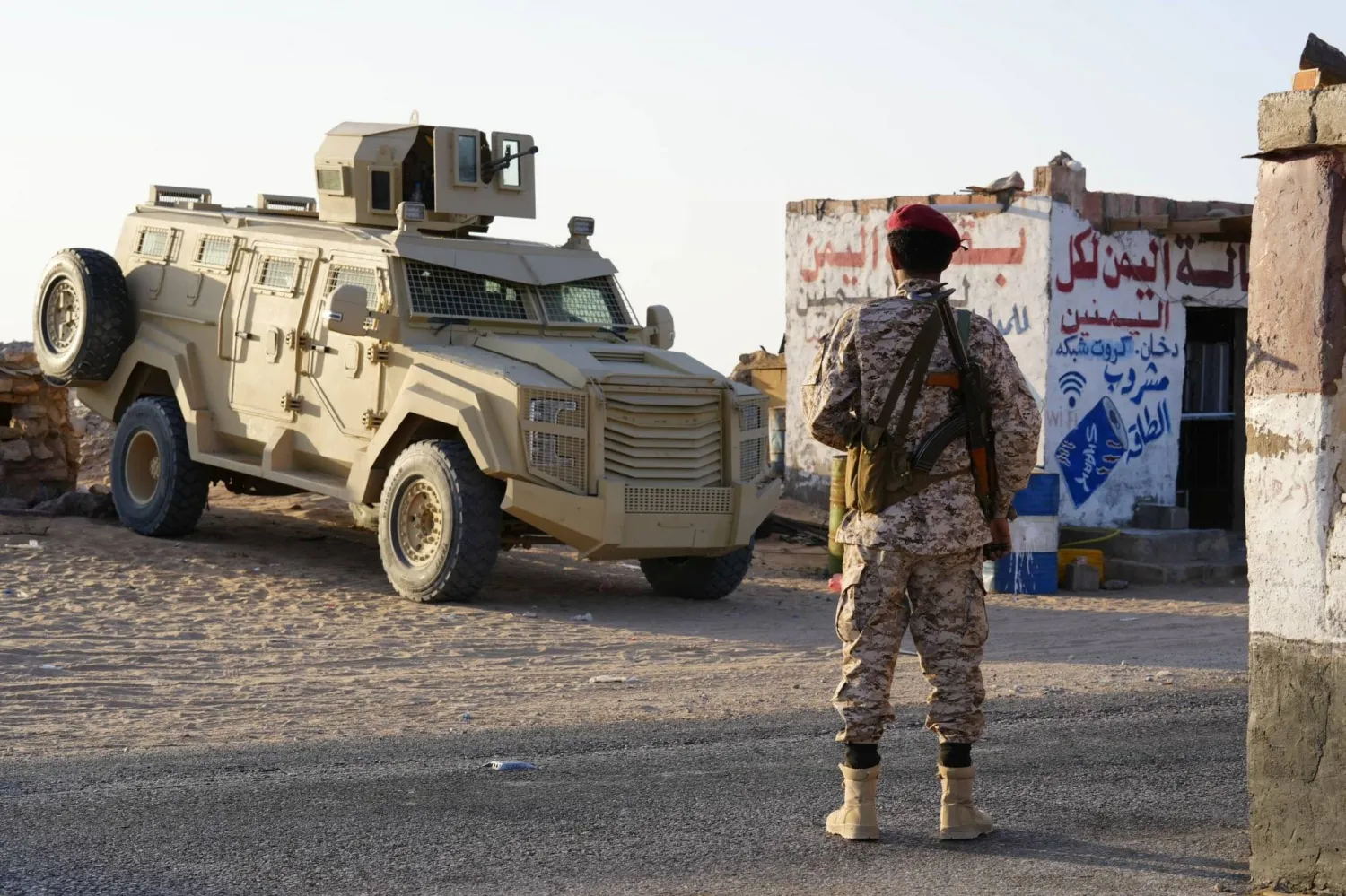Egypt is moving at a quick pace to establish a complex to produce up to eight kinds of coronavirus vaccines.
Prime Minister Mostafa Madbouly urged citizens to adhere to the preventive measures as the country grapples with a fourth wave of the pandemic.
The Health and Population Ministry said 255 new coronavirus cases were detected, upping the total to 287,899. Recoveries reached 238,249. Seven people have died from the virus over the past 24 hours, raising the toll to 16,721.
Madbouly said the complex is a massive facility that aims at producing eight types of vaccines.
During a press conference following a tour of the complex at the 6th of October City, he said production capacity at the facility is expected to reach 3 million vaccine doses per day or an average of 1 billion annually.
Madbouly was accompanied by Health Minister Hala Zayed and Giza Governor Ahmed Rashed.
Zayed said that the coronavirus vaccines plant at the Holding Company for Biological Products and Vaccines (VACSERA) complex is planned to produce up to 24,000 packs per hour.
The factory covers 6,000 square meters of the VACSERA complex, she added.
It will be the biggest in the Middle East and North Africa for the production of COVID-19 vaccines, she continued.
Zayed expects the facility to become a regional hub for the production of vaccines planned for export to African countries.
President of VACSERA Heba Wali said the new factory comprised eight central laboratories equipped with the latest devices for measuring production quality and testing manufacturing inputs and the final product according to the standards recommended by the World Health Organization (WHO).









